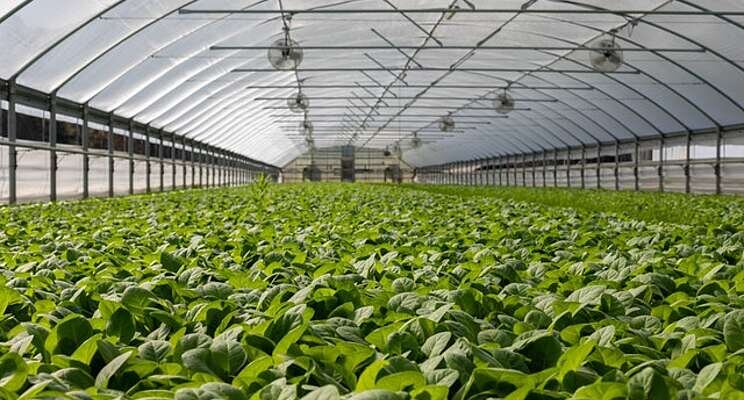Indoor farming revolution comes with carbon cost
Added on 09 July 2022

"Vegetables are increasingly being grown indoors, using an advanced and intensive form of growing called controlled environment agriculture, a method that has the potential to help feed the planet, even while it threatens to further warm it," reports The New York Times.
Climate change is disrupting food production because of the rising prevalence of unseasonable frosts, droughts, and other adverse weather patterns. But in greenhouses scattered across North America and Europe—collectively covering more than 175 acres of land—"a revolution is quietly taking place, perhaps the most potentially disruptive since Cyrus McCormick's reaper," writes the Times, name-checking the Virginia man credited with inventing a mechanical harvesting device in the 1830s.
Using controlled-environment greenhouses, producers can grow crops like strawberries and tomatoes without being affected by calamitous weather events. Indoor food production also uses less water and fewer pesticides, eliminates many food safety concerns, and can unyoke farmers from growing solely in locations with fertile soil, to instead produce food anywhere a greenhouse can be built.
Continue reading.
Photo created by Mark Stebnicki - www.pexels.com
Source: The Energy Mix
More news















